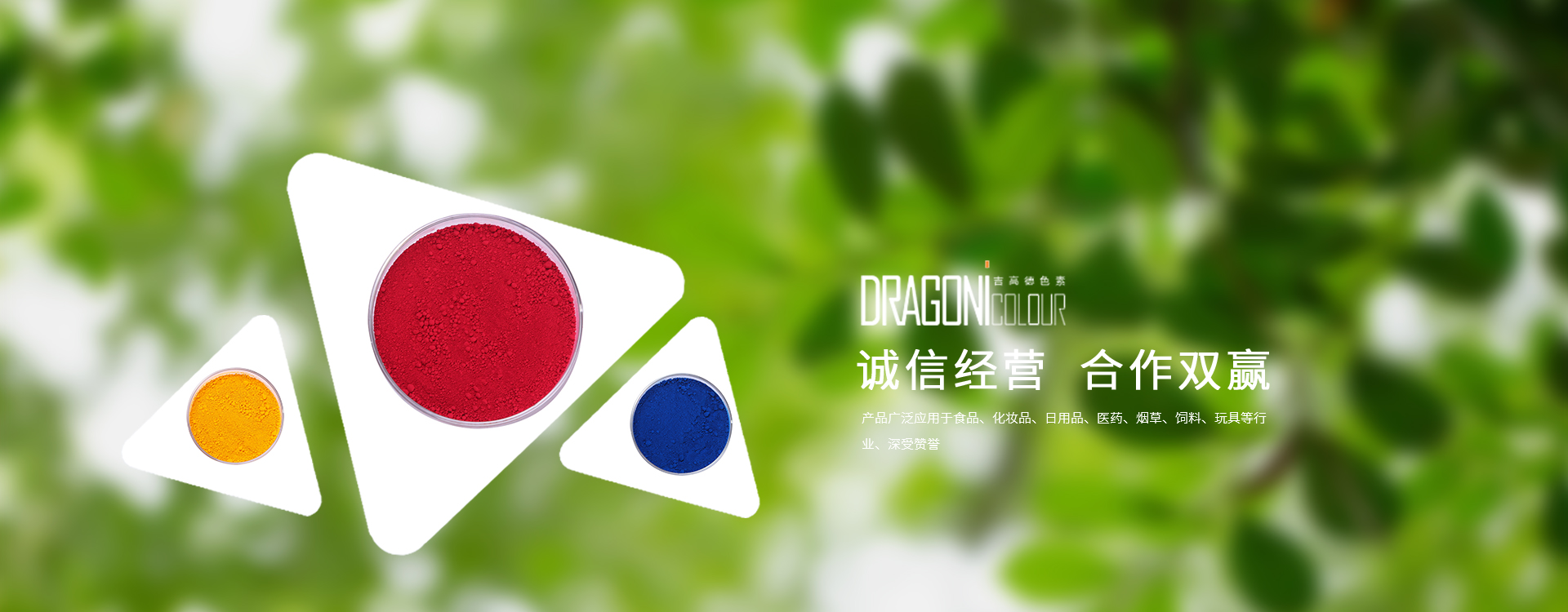Edible colorant aluminum lake is a safe food additive
The safety of aluminum lake products can be explained from four aspects.
1. Aluminum oxide (alumina) in aluminum lake is actually a kind of carrier. Aluminum oxide accounts for 15%-17% of aluminum lake, and the highest is no more than 18%. The aluminum content in aluminum oxide is 53%. The amount of colorant aluminum lake is generally 0.01-0.1g/kg, and the aluminum content is 0.0008-0.009g/kg, which is much less than the other four aluminum-containing food additives mentioned above.
2. Aluminum lakes were first used in Europe and the United States, and they are still in use now. The allowable usage is much higher than my country's standards, and the usage in the US is 1-3g/kg. The United States is a country with high requirements for the safety of food additives, but so far, it has not done toxicological experiments on aluminum oxide in aluminum lakes. Because they have always believed that the aluminum oxide in the aluminum lake is very safe.
3. Because aluminum lake is insoluble in water, it is mostly used for oily food. Therefore, it has greater limitations in its use. It can be used for decorating cakes, fancy styles on cold drinks, and also used for chocolate, high-fat candy, etc. Consumers actually consume very little aluminum from aluminum lakes. In addition, if the application of aluminum lakes is eliminated, there is no safer water-insoluble pigment that can be replaced.
4. From a biological point of view, aluminum lake is different from potassium aluminum sulfate, ammonium aluminum sulfate, sodium aluminosilicate, aluminum octenyl succinate, aluminum lake enters the human body, and part of it is decomposed into pigments in the stomach And aluminum oxide, and aluminum oxide may also be partially decomposed into trivalent aluminum, so the actual aluminum precipitation is a small amount. How much of the aluminum in the aluminum lake is absorbed? Because of its high safety for a long time, no one has ever done a biological characteristic test in this area.














